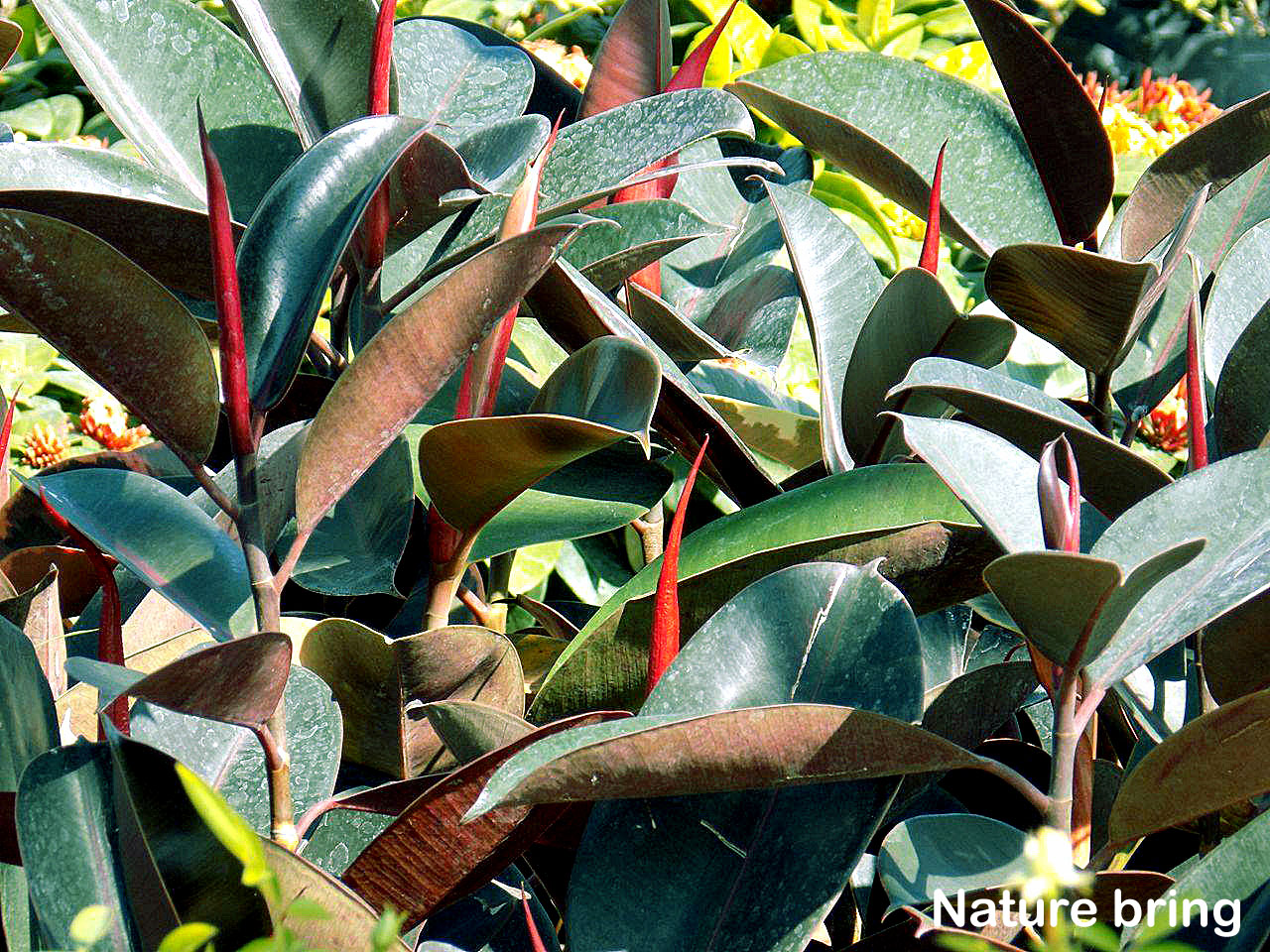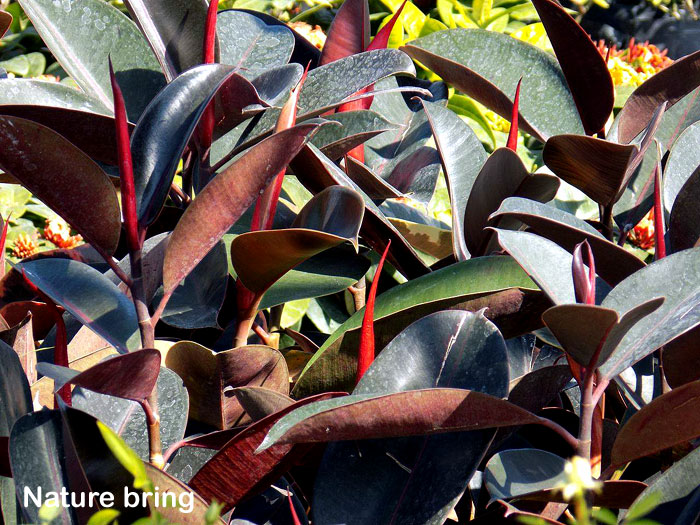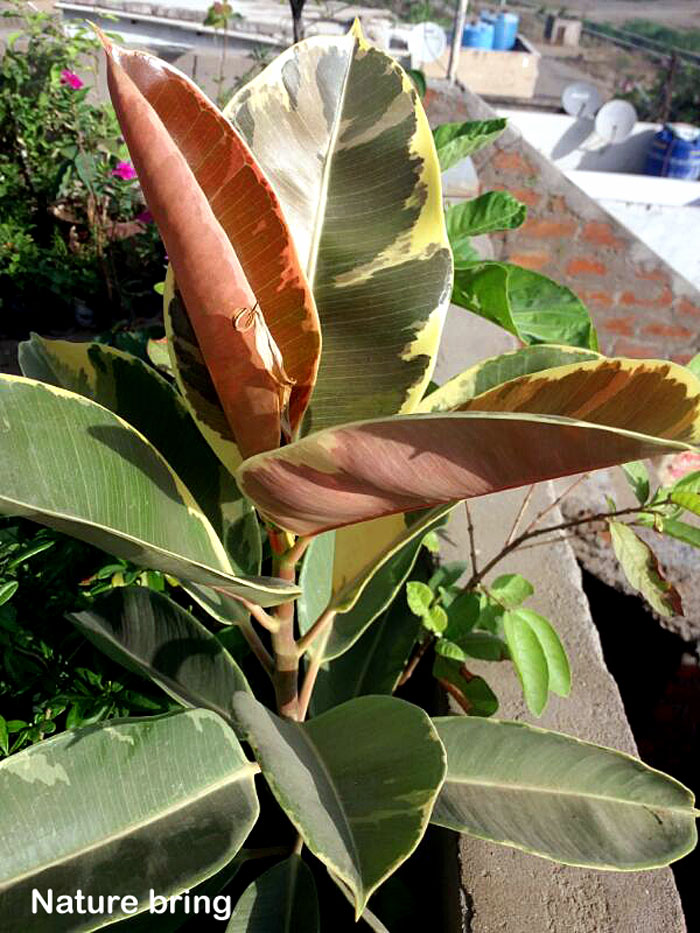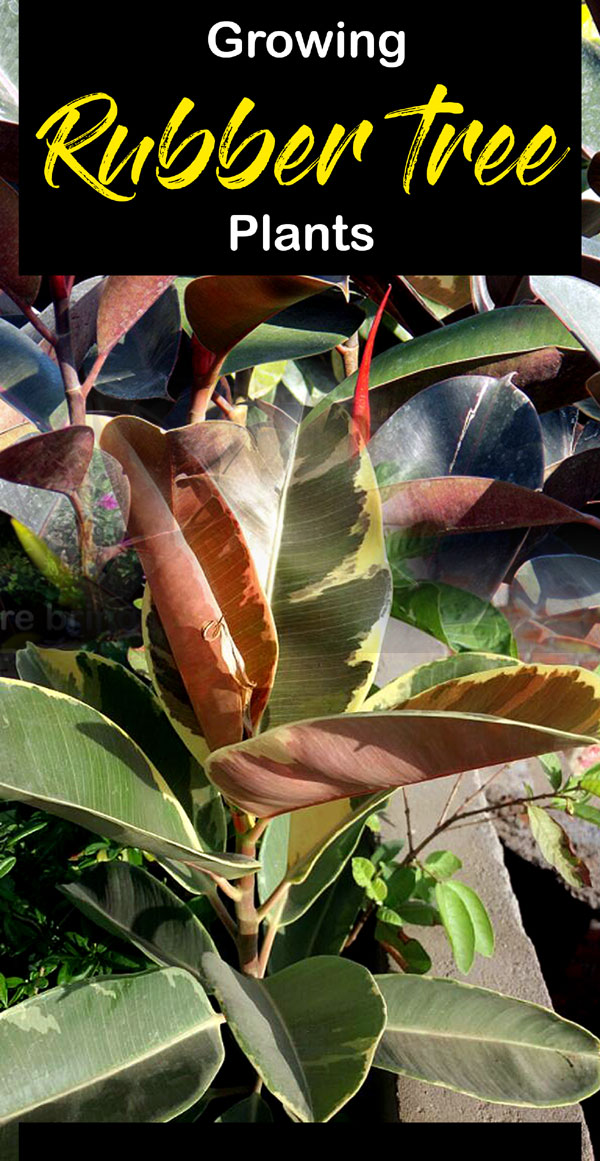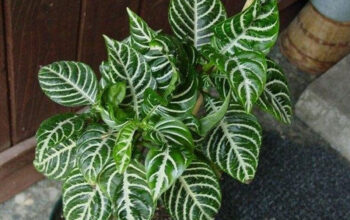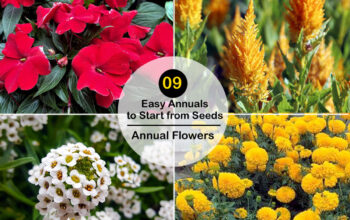Rubber plant (Ficus elastica)
Learn How to care for Rubber plant, Growing Rubber plants, Pests problems, rubber tree plant care, and more about these plants. Rubber plants are native to Malaysia and India and grow naturally in rainforests and tropical regions. The rubber plant (Ficus elastica) is known as rubber fig, rubber bush, rubber plant, or Indian rubber bush. Ficus elastica bush does best in warm and bright conditions. Its leaves are darkly shiny, thick, and egg-shaped, and are the best house plants to grow indoors.
Overview of the Rubber tree plant
Scientific name Ficus elastica
Common name Rubber plants, Rubber tree,
Plant type Tree
Sun requires Full Sun / indirect sunlight
Soil well-drained rich soil
Soil pH 6.0 -6.5
Zone 9-12
How to grow Rubber plant
Soil and location
Rubber plants prefer rich and well-drained soil. They grow in tropical regions and best under bright, indirect light conditions. If you plant indoors, put it in the south and west-facing windows. Rubber plants grow well in dim light, so you can make them a wonderful indoor plant.
If you live in zones 10-12, you can grow it outside in sunny and shady areas. Ficus elastica grows them in your garden, be aware that rubber trees can be very large (20 – 25 feet tall), so be sure to place them before planting.
Watering
Rubber plants prefer moisture so water is necessary but should not be submerged. These plants require more water in summer during the growing season. You must keep the soil moist, but do not sink. The leaves should be wiped with a damp cloth. This will help the plant to absorb more sunlight. The soil should be kept dry during the dormant season in winter, but not too dry.
Temperature
Temperatures typically between 60 ° F (16°C) to 75 ° F (24°C) are ideal for this plant. On cold days they can break temperatures up to 50 ° F (10°C). Being a tropical plant, they prefer moist and humid air. These plants are sensitive to temperature changes and prefer areas with constant humidity and temperature.
Fertilizer
After about 1 month of planting your plant is ready for nutritious food. Fertilize your plant every 2 weeks in the spring and summer. You should use houseplant fertilizer diluted to half the strength by adding water. A normal 24-8-16 fertilizer can be used for your reading. Be sure to follow the instructions in the packet before use!
Propagation of Rubber tree plant
- Cutting is an easy way to propagate a rubber plant. If you want to grow a good plant, then harvest it well from the stem end. Getting root is easier than cutting the tip.
- Cut a stem about 4 to 6 inches long from the plant, leaving one leaf set of the cutting to remove the remaining leaves.
- Wash the injured cuttings with running water before planting. Avoid contact with skin or eyes from the milky substance emanating from it.
- The propagation of this plant is similar to the propagation of Bougainvillea and many other such plants.
Propagate Rubber tree plant by Air Layering
- Air layering is used for very tall rubber trees.
- For air layering, you choose a stem at least 12 inches tall from your rubber tree that is healthy and where it is likely to root. Remove all the leaves at the top and bottom of the stem.
- With the help of a sharp knife, remove a strip about 1 inch wide of the bark around the stem.
- Apply the rooting hormone well in the cut area and cover this area well with sphagnum moss. Wrap the top with polythene and tie it on both sides.
- New roots emerge in about 3-4 weeks in the covered area of the tree trunk. Separate it from the main plant from the place where the root has emerged, and plant it at the desired place.
How to care for Rubber plant
- Maintain soil moisture levels of rubber plants. These plants prefer moisture all the time, but too much or too little water damages your plant. For good growth of the plant, do not wet it or dry it too much.
- Too much or too little water causes yellow leaves (chlorosis) and leaves fall off.
- The best time to re-pot your rubber plant is early spring.
- Fertilize your plant every six months; Indoor plants become very large by feeding more.
- The leaves of the rubber trees are shiny and decorative, do not let dust accumulate on them. When dust accumulates, wipe gently with a wet cloth.
Re-potting Rubber Plants
Re-potting is necessary to actively grow and spread the plant in the pot, spring to summer is the best time to re-pot. Do not keep these plants in such pots which are very large, it would be better to transplant them in a pot about 1 to 2 inches larger than the previous pot.
Growing Rubber plants in pots
- If you want to grow your plant in the pot, then choose a pot about 3 times larger than the root ball.
- Check the drainage hole in the surface of the container and fill it 1 inch with a broken clay pot or small pebbles on the surface.
- You can prepare the soil at home by combining 1 part peat, 1 part pine bark, and 1 part sand or perlite.
- Fill it 1/3 of the houseplant potting mix and the remaining part with garden soil, add a little sand to it. This mixture is ideal for plants because it gives the plant well drainage and good air circulation.
- Be careful while planting the Rubber plant, apply gloves in the hands and eyeglasses, you can wear a long-sleeved shirt because if a stem is broken, there is milky latex present in it, which can irritate the skin.
- Fill about half of the growing mixer in the container, place the plant in the container, the top of the root ball about one inch below the rim. Now fill the pot with the remaining soil.
- Water the plant thoroughly until the water starts coming out of the surface of the pot. Read also.
Pests problems rubber tree plant
In general, insects like mealy bugs, mites, scales, and aphids, etc. attack your house plants. You can remove these insects by wiping them with a sharp edge of water flow or water soap solution or pesticide soap. Your plant needs attention to avoid these problems. For this, you should keep an eye on the light, soil moisture, and room temperature. Most indoor plant problems are related to overwatering.
Read also: Growing Pea plants in containers. Know how to grow Pansy flowers. Geranium growing and caring tips. Anthurium plant Growing indoors. Celery growing in containers. Self-seeding plants make your garden beautiful. Ranunculus flowers growing guide. Growing Rosemary in containers. Begonia Houseplant growing guide. Jade Plantgrowing indoors. Calendula growing guide. Oregano growing and caring tips. Sabudana Vada recipe easy recipe. Cantaloupe’s growing and caring tips. Onions growing in containers.
Happy Gardening
For Pin

